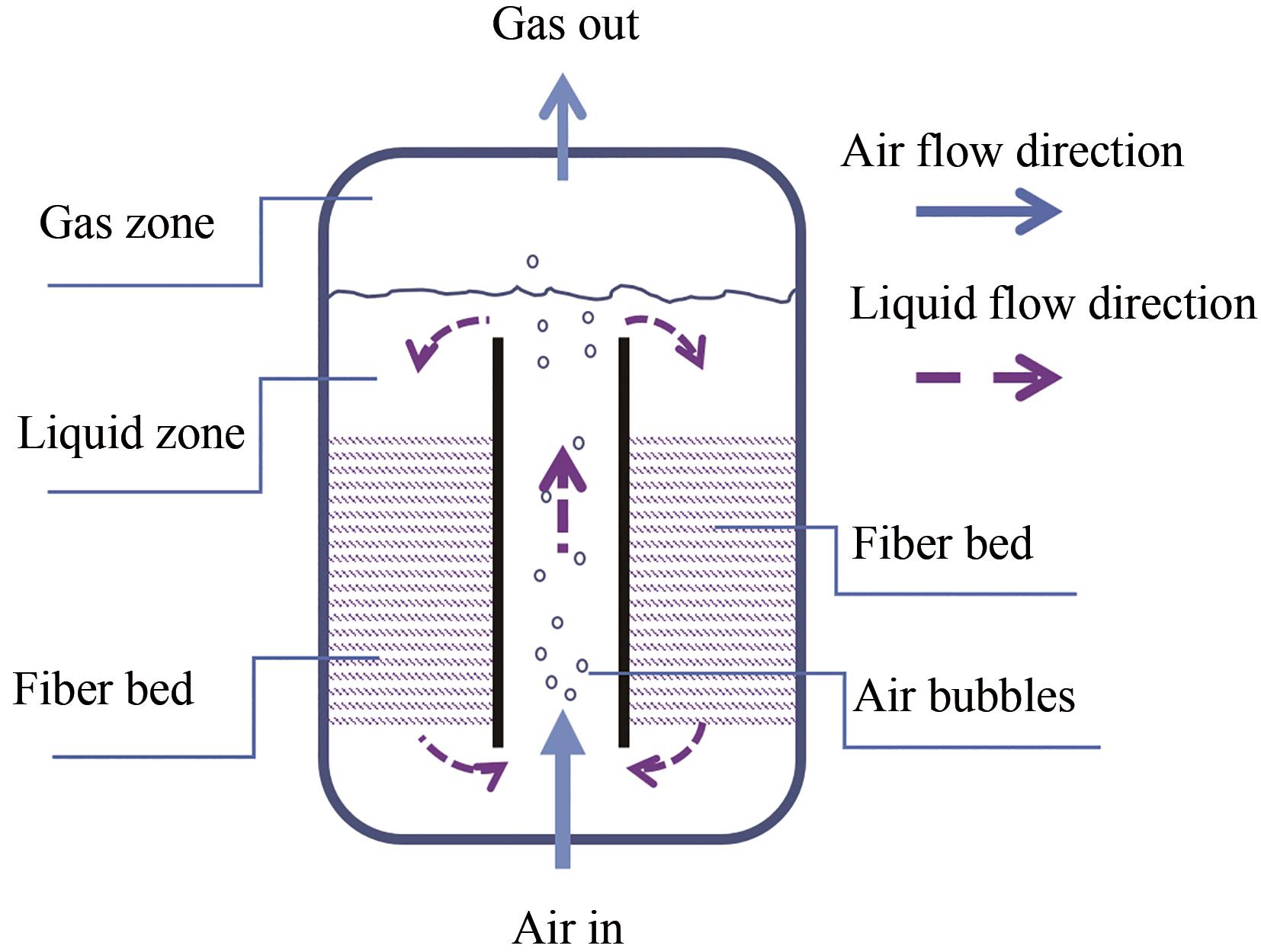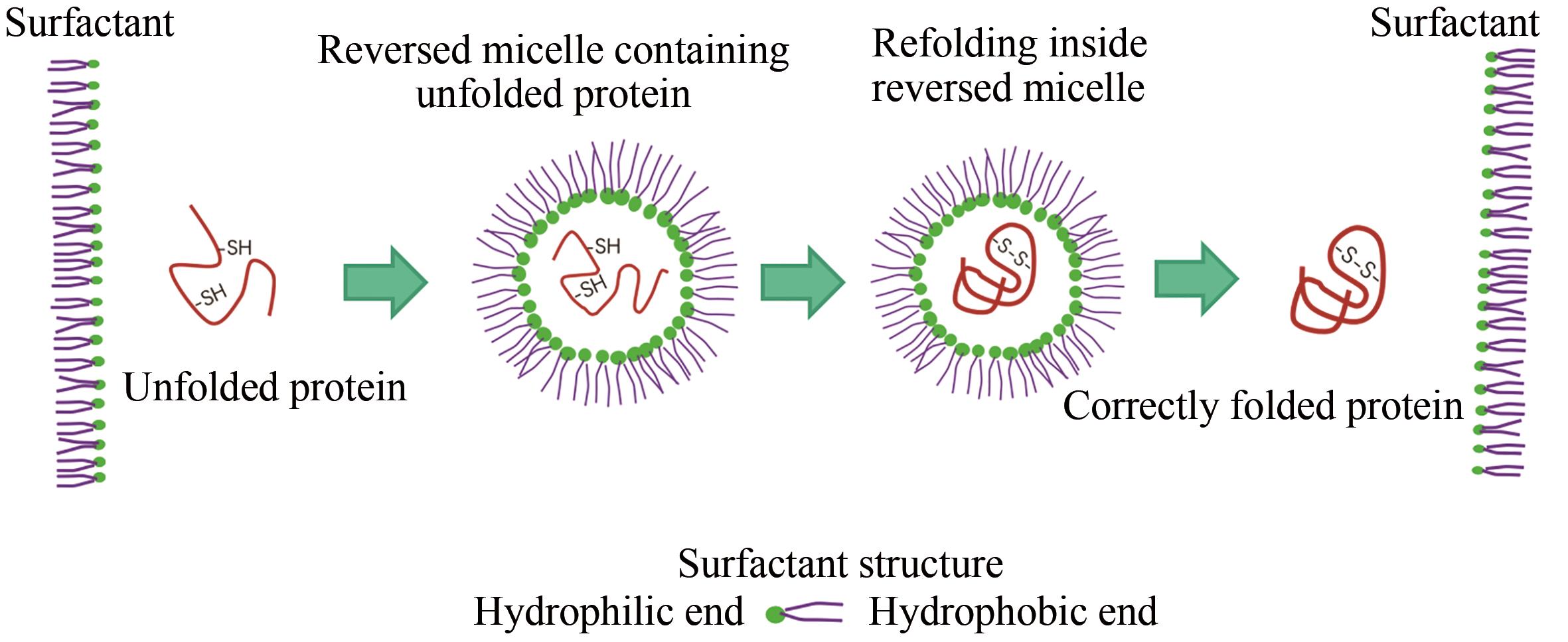| 1 |
TRAFTON A. Longtime MIT professor launched the Biotechnology Process Engineering Center and influenced generations of students [EB/OL]. MIT News, 2020, September2. .
|
| 2 |
HATTON T A. WANG D I C: A tribute to an inspirational leader and colleague [J]. Biotechnology and Bioengineering, 2006, 95(2): 262-269.
|
| 3 |
HU W S, MEIER J, WANG D I C. Use of surface aerator improve oxygen transfer in cell culture [J]. Biotechnology and Bioengineering, 1986, 28(1): 122-125.
|
| 4 |
MURAKAMI S, CHIOU T W, WANG D I C. A fiber‐bed bioreactor for anchorage‐dependent animal cell cultures (II): scaleup potential [J]. Biotechnology and Bioengineering, 1991, 37(8): 762-769.
|
| 5 |
XIE L Z. Stoichiometric medium design and nutritional control in fed-batch cultivation of animal cells [D]. MA, USA: Massachusetts Institute of Technology, 1997.
|
| 6 |
XIE L Z, WANG D I C. Fed-batch cultivation of animal cells using different medium design concepts and feeding strategies[J]. Biotechnology and Bioengineering, 2006, 95(2): 270-284.
|
| 7 |
NYBERG G. Glycosylation site occupancy heterogeneity in Chinese hamster ovary cell culture [D]. MA, USA: Massachusetts Institute of Technology, 1998.
|
| 8 |
YAO T, ASAYAMA Y. Animal-cell culture media: History, characteristics, and current issues [J]. Reproductive Biology and Endocrinology, 2017, 16: 99-117.
|
| 9 |
GASNER L L, WANG D I C. Microbial cell recovery enhancement through flocculation [J]. Biotechnology and Bioengineering, 1970, 12(6): 873-887.
|
| 10 |
CLELAND J. Mechanism of protein aggregation and refolding [D]. MA, USA: Massachusetts Institute of Technology, 1991.
|
| 11 |
CLELAND J L, BUILDER S E, SWARTZ J R, et al. Polyethylene glycol enhanced protein refolding [J]. Biotechnology, 1992, 10(9): 1013-1019.
|
| 12 |
HEBBI V, THAKUR G, RATHORE A S. Process analytical technology implementation for protein refolding: GCSF as a case study [J]. Biotechnology and Bioengineering, 2019, 116: 1039-1052.
|
| 13 |
YAMAMOTO E, YAMAGUCHI S, NAGAMUNE T. Protein refolding is improved by adding nonionic polyethylene glycol monooleyl ethers with various polyethylene glycol lengths [J]. Biotechnology Journal, 2017, 12(5): 1600689.
|
| 14 |
CHANG Y H D, GRODZINSKY A J, WANG D I C. Nutrient enrichment and in-situ waste removal through electrical means for hybridoma cultures [J]. Biotechnology and Bioengineering, 1995, 47(3): 319-326.
|
| 15 |
SPEED M A, KING J, WANG D I C. Polymerization mechanism of polypeptide chain aggregation [J]. Biotechnology and Bioengineering, 1997, 54(4): 333-343.
|
| 16 |
FOLLSTAD B D, BALCARCEL R R, STEPHANOPOULOS G, et al. Metabolic flux analysis of hybridoma continuous culture steady state multiplicity[J]. Biotechnology and Bioengineering, 1999, 63(6): 675-683.
|
| 17 |
HAGEN A J, HATTON T A, WANG D I C. Protein refolding in reversed micelles[J]. Biotechnology and Bioengineering, 1990, 35(10):955-965.
|
| 18 |
SU Z G, DAUN G, COLTON C K. Functionalized membranes for adsorption of proteins [C]// FURUSAKI S. Biochemical Engineering for2001, Springer-Verlag Publishers, Tokyo, 1992: 533-538.
|
| 19 |
CHARCOSSET C, SU Z G, KAROOR S, et al. Protein A immunoaffinity hollow fiber membranes for immunoglobulin G purification: experimental characterization [J]. Biotechnology and Bioengineering, 1995, 48(4): 415-427.
|
| 20 |
KAROOR S, MOLINA J, BUCHMANN C R, et al. Immunoaffinity removal of xenoreactive antibodies using modified dialysis or microfiltration membranes[J]. Biotechnology and Bioengineering, 2003, 81(2): 134-148.
|
| 21 |
SU Z G, COLTON C K. Crossflow membrane filtration [M]// HARRISON R. protein purification process engineering (Chapter4). New York: Macel Dekker, Inc., 1994.
|
| 22 |
SONG C F, LI Y G, WANG B C, et al. A novel anticoagulant affinity membrane for enhanced hemocompatibility and bilirubin removal [J]. Colloids and Surfaces B: Biointerfaces, 2021, 197: 111430.
|
| 23 |
AFEYAN N B, COONEY C L. Professor Daniel I.C. Wang: A legacy of education, innovation, publication, and leadership [J]. Biotechnology and Bioengineering, 2006, 95(2): 206-217.
|
| 24 |
CHANDAVARKAR A. Dynamics of fouling of microporous membranes by proteins [D]. MA, USA: Massachusetts Institute of Technology, 1990.
|
| 25 |
XIA Y F, WU J, WEI W, et al. Exploiting the pliability and lateral mobility of Pickering emulsion for enhanced vaccination [J]. Nature Materials, 2018, 17(2):187-194.
|
| 26 |
XIE X L, HU Y X, YE T, et al. Therapeutic vaccination against leukaemia via the sustained release of co-encapsulated anti-PD-1 and a leukaemia-associated antigen [J]. Nature Biomedical Engineering, 2021, 5(5): 414-428.
|






